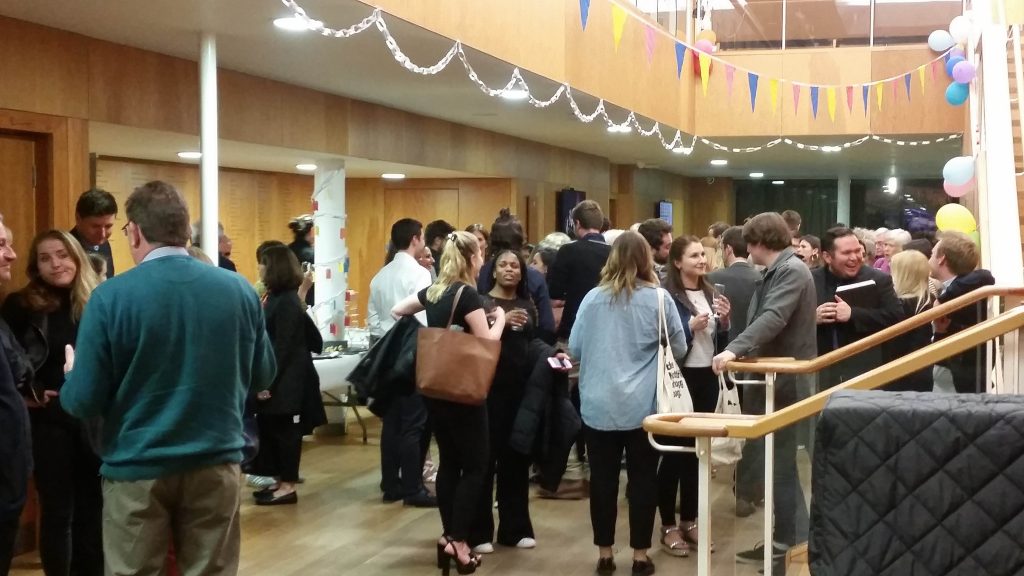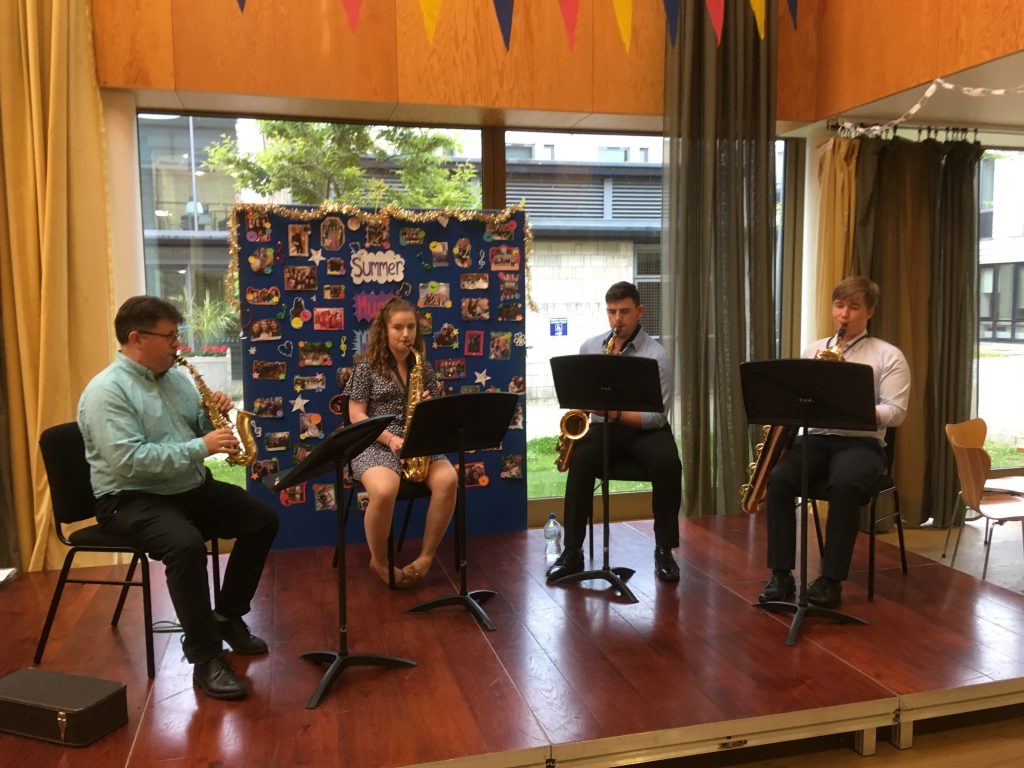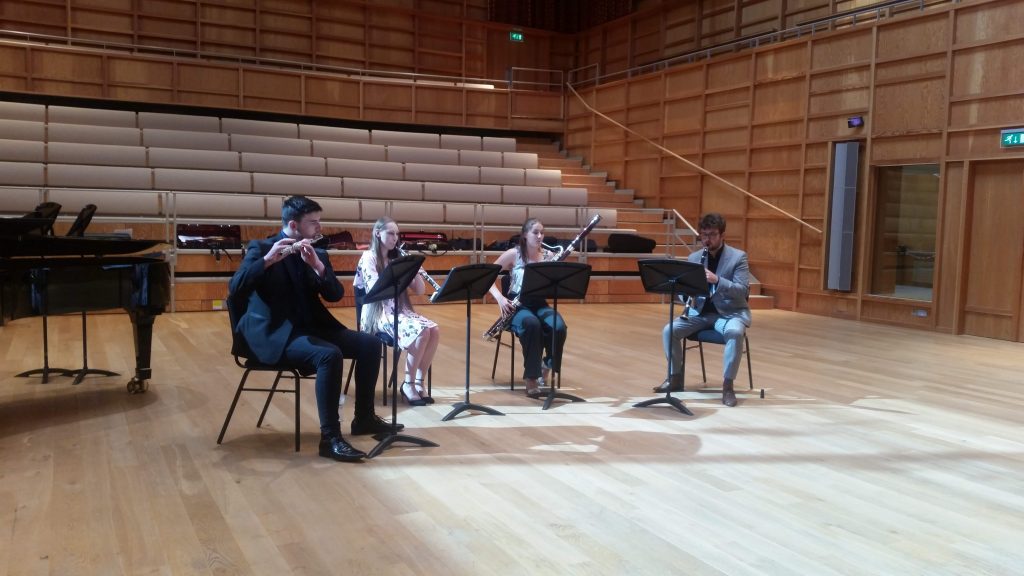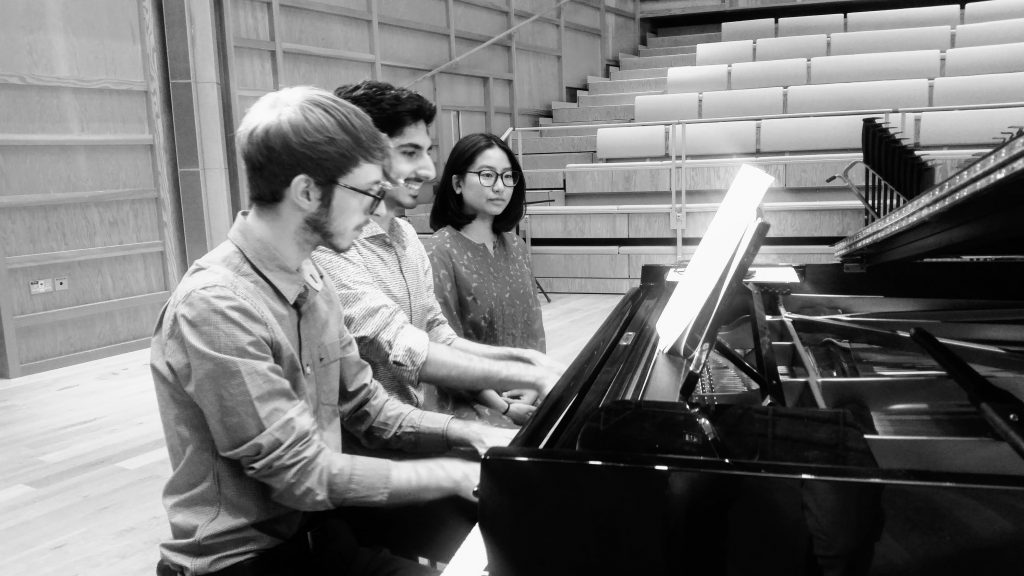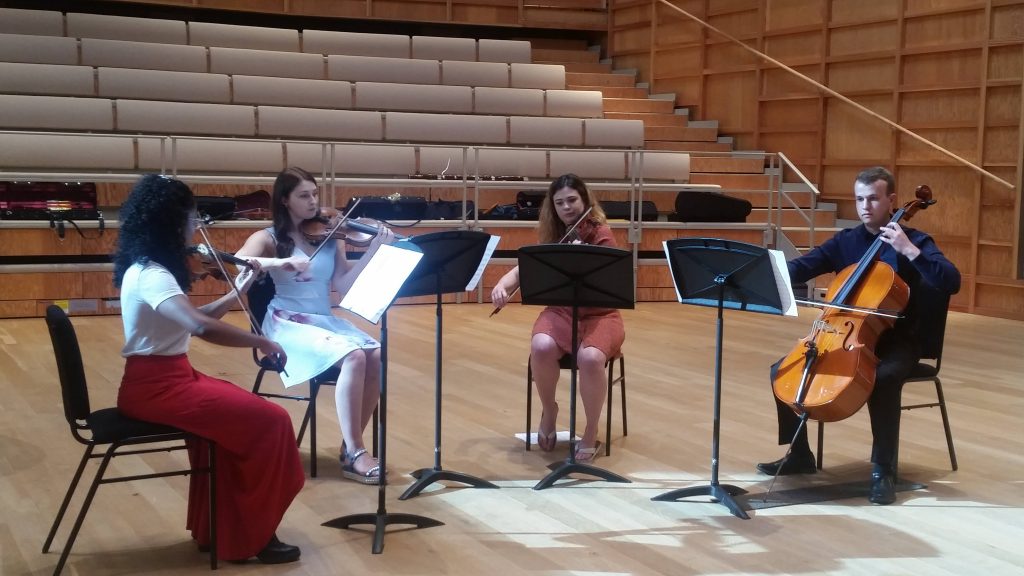During last week’s heatwave, the Music department found itself walking the streets of Calais, exploring various cultural venues throughout the city as part of a planned collaborative partnership in the forthcoming academic year.
From its humble beginning as a fishermen’s village, recorded as early as the eighth century, Calais rose to become the Gateway to France. The cities of Calais and Canterbury are united by the former’s history as a trading-port with England, with Calais having been a part of the diocese of Canterbury following the seizure of the throne of France by Edward III in 1347. The damage suffered by Calais during the Second World War laid the way for major rebuilding projects, leading to the creation of several striking venues and a city endowed with exciting creative spaces. The shared history between Kent and Calais is something which the Music department and the Calais city council will be looking to explore and celebrate.
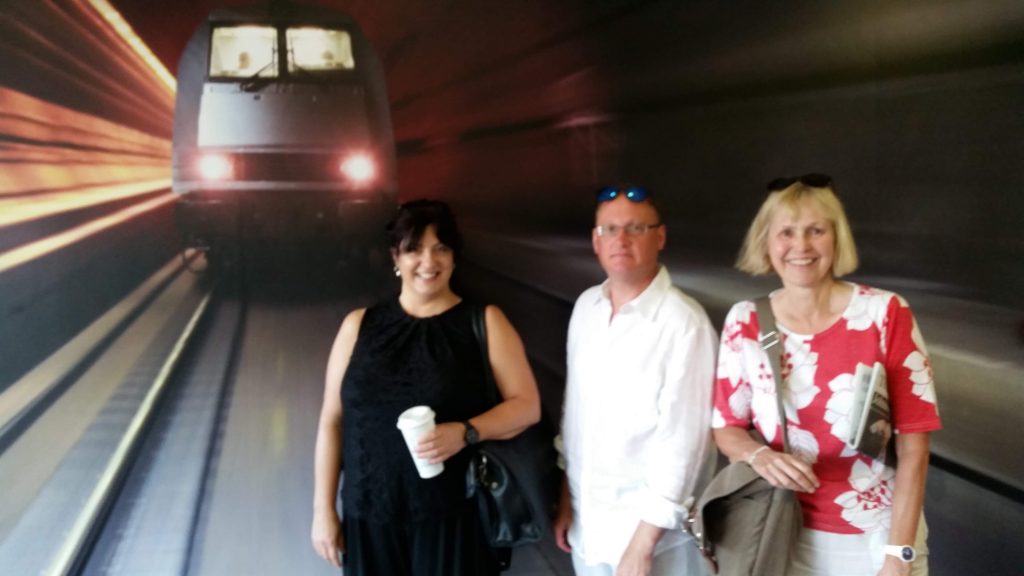 Following an approach earlier this year from the city council about a shared endeavour, we found ourselves boarding the Eurotunnel early on Wednesday morning, travelling to meet the representatives from Calais at the historic L’Église Notre-Dame de Calais, the first stop on our tour of the plethora of cultural venues threaded throughout the city.
Following an approach earlier this year from the city council about a shared endeavour, we found ourselves boarding the Eurotunnel early on Wednesday morning, travelling to meet the representatives from Calais at the historic L’Église Notre-Dame de Calais, the first stop on our tour of the plethora of cultural venues threaded throughout the city.

After the city was retaken by the French from the English in 1558, L’Église Notre-Dame became its most important church. A majestic altar-piece of marble and alabaster presides over a large church currently undergoing restoration, which began in 2009 and which are bringing the vanished magnificence to life once more. Once a year, the church is filled with over 4,000 candles for the Festival of Light, which attracts visitors from all over France.
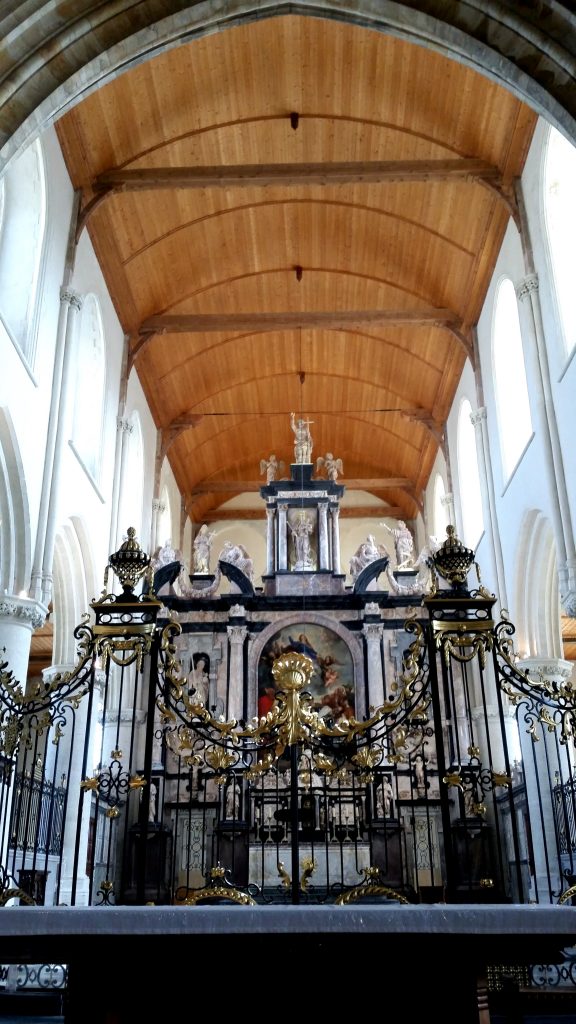 Our next stop was La Halle, a flexible space on the Place d’Armes which can open its striking concertina-door, which occupies one entire side of the covered hall, onto the plaza. The space hosts outdoor and indoor performances as well as festivals throughout the year.
Our next stop was La Halle, a flexible space on the Place d’Armes which can open its striking concertina-door, which occupies one entire side of the covered hall, onto the plaza. The space hosts outdoor and indoor performances as well as festivals throughout the year.
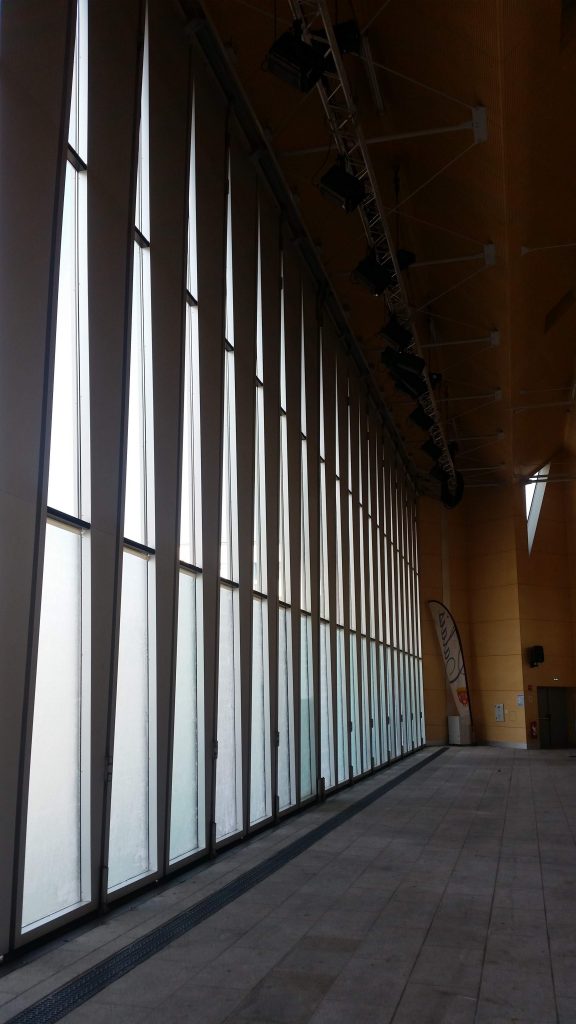 Next on our cultural odyssey was the Museum of Lace and Fashion, housed inside an original lace factory from the nineteenth century, with vast echoing galleries and an auditorium.
Next on our cultural odyssey was the Museum of Lace and Fashion, housed inside an original lace factory from the nineteenth century, with vast echoing galleries and an auditorium.
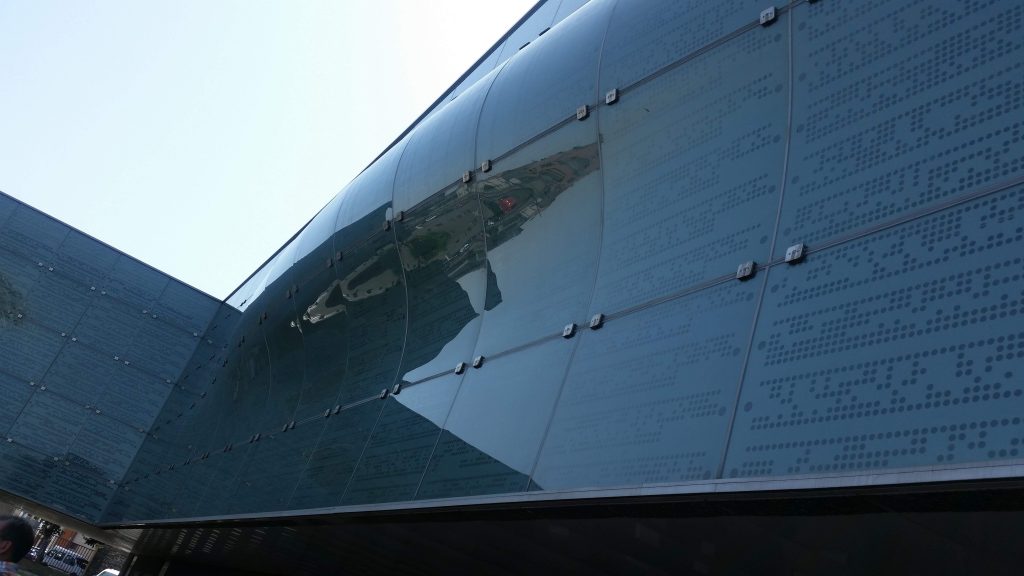
 The Forum Gambetta is a bright, modern venue that would be ideal for a bustling big band set; its jazz atmosphere has seen its stage graced by legendary French jazz violinist Didier Lockwood.
The Forum Gambetta is a bright, modern venue that would be ideal for a bustling big band set; its jazz atmosphere has seen its stage graced by legendary French jazz violinist Didier Lockwood.
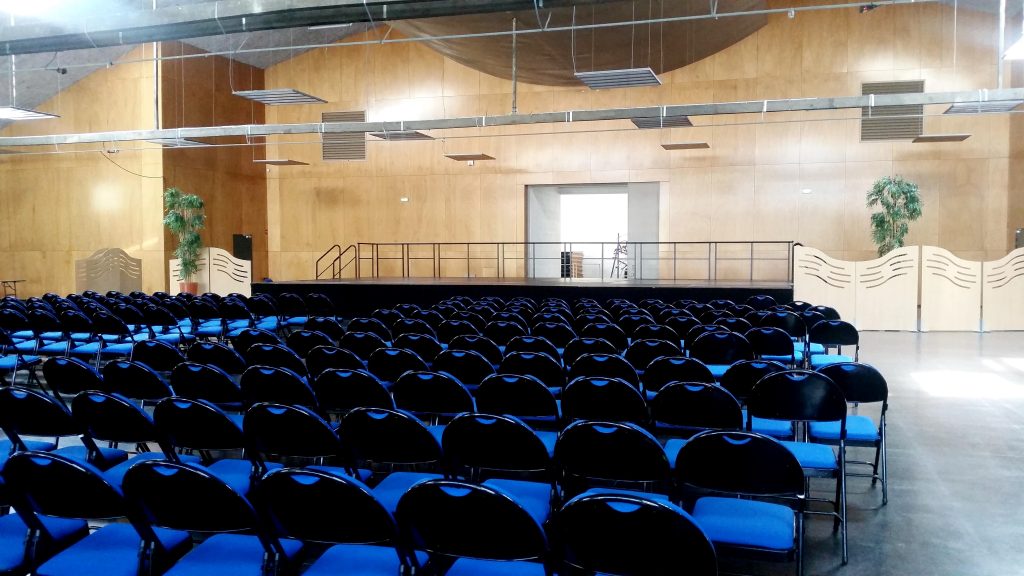
The next venue was, fittingly, L’Ecole Nationale de Musique de Calais, of which Lockwood is a former student commemorated in the Studio Didier Lockwood.
 Our steps then led us to the Musee des Beaux-Arts, which houses artwork from the sixteenth century to the present day.
Our steps then led us to the Musee des Beaux-Arts, which houses artwork from the sixteenth century to the present day.
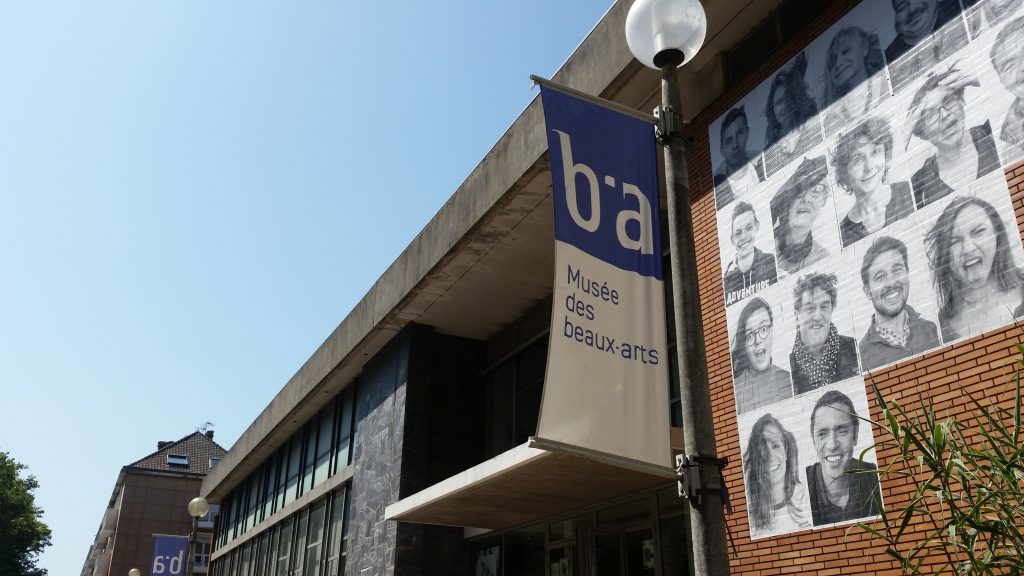
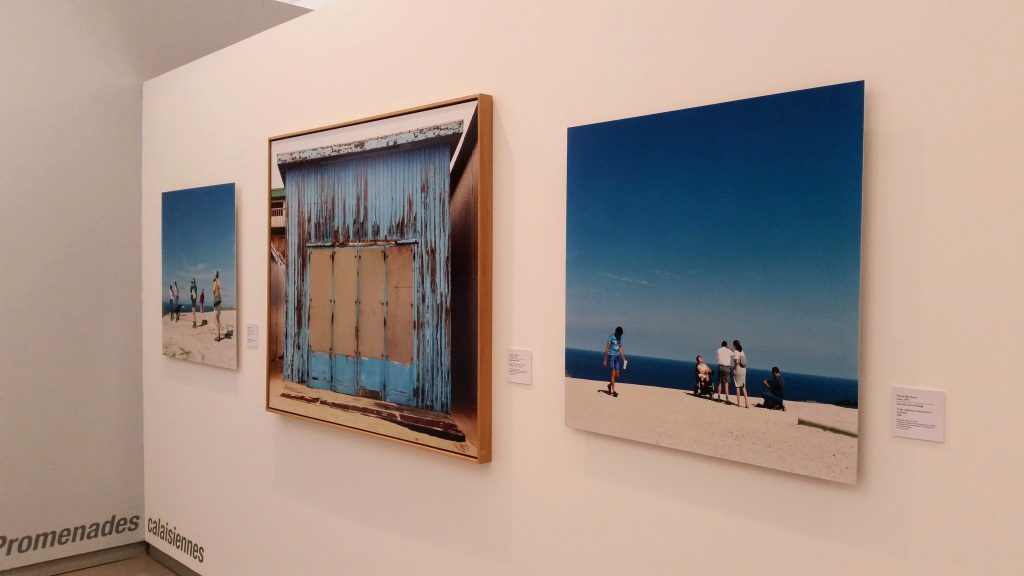
The tour came to a magnificent conclusion at the city’s town hall, built in 1885 but harking back to the sixteenth century. The gardens adorning the museum’s grounds include one of the fourteen bronze casts throughout the world of Rodin’s The Burghers of Calais from 1889, and commissioned to commemorate the six residents who were prepared to sacrifice themselves to save the city during the Hundred Years War.

The town hall itself includes beautiful rooms, a wonderful Grand Salon just crying out for a string orchestra to perform the music of Lully, imperious marbled corridors, and a belfry 75 metres high which affords panoramic views across the city; across the Channel, we could see the cliffs of Dover looking towards the bustling port.

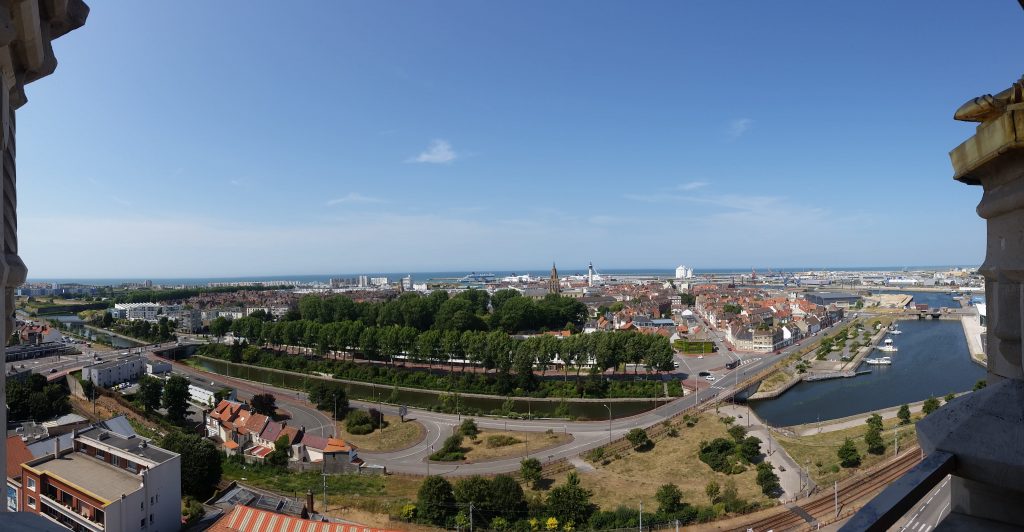
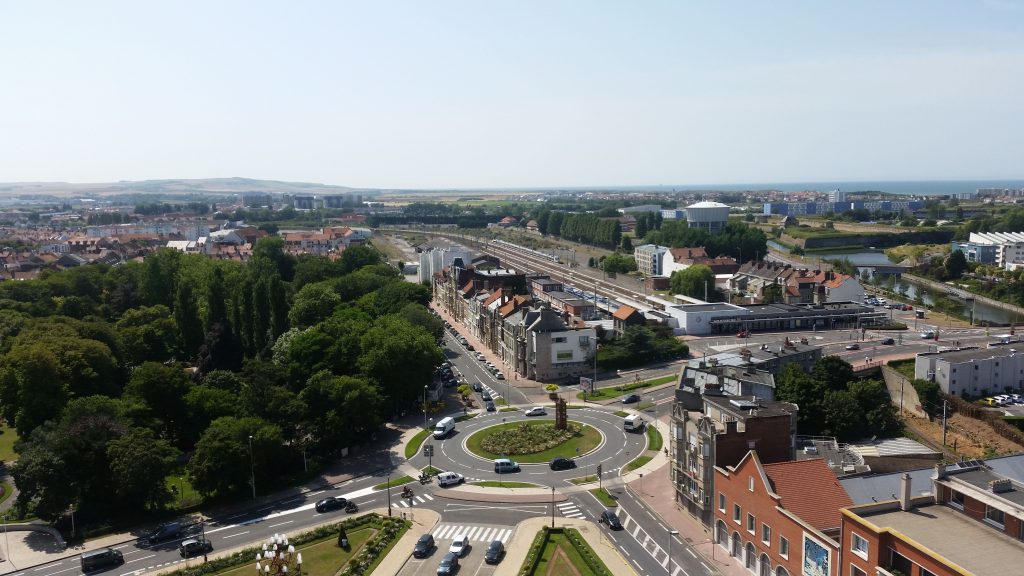 With such rich history rubbing shoulders with modern venues, artistic exhibitions, festivals and all within walking distance of each other, Calais offers fertile ground for some exciting artistic collaborations – we’re looking forward to building and developing ideas in the new academic year.
With such rich history rubbing shoulders with modern venues, artistic exhibitions, festivals and all within walking distance of each other, Calais offers fertile ground for some exciting artistic collaborations – we’re looking forward to building and developing ideas in the new academic year.
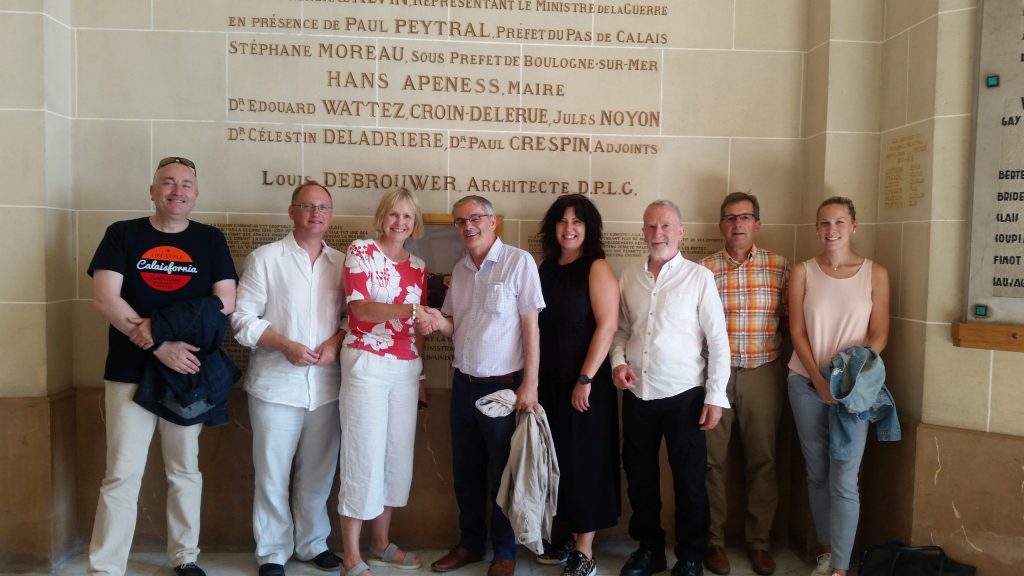
Mille remerciements to Philippe and the team from Calais City Council for making us so welcome, and for sharing the city’s vibrant artistic possibilities with us – we are looking forward to taking the first steps in a musical entente cordiale celebrating both sides of La Manche!

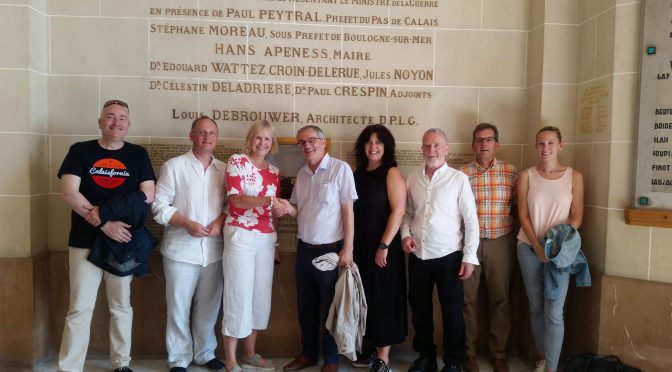
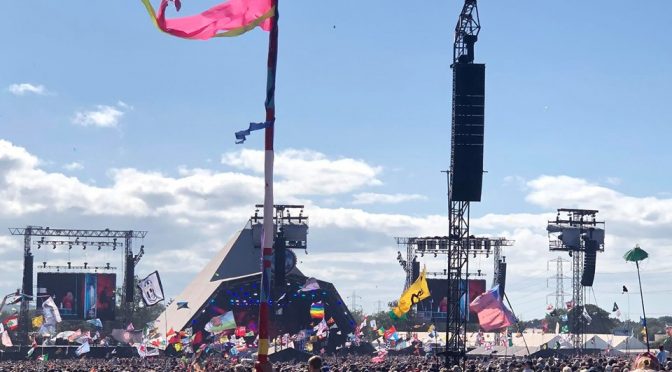
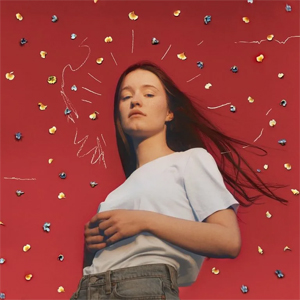
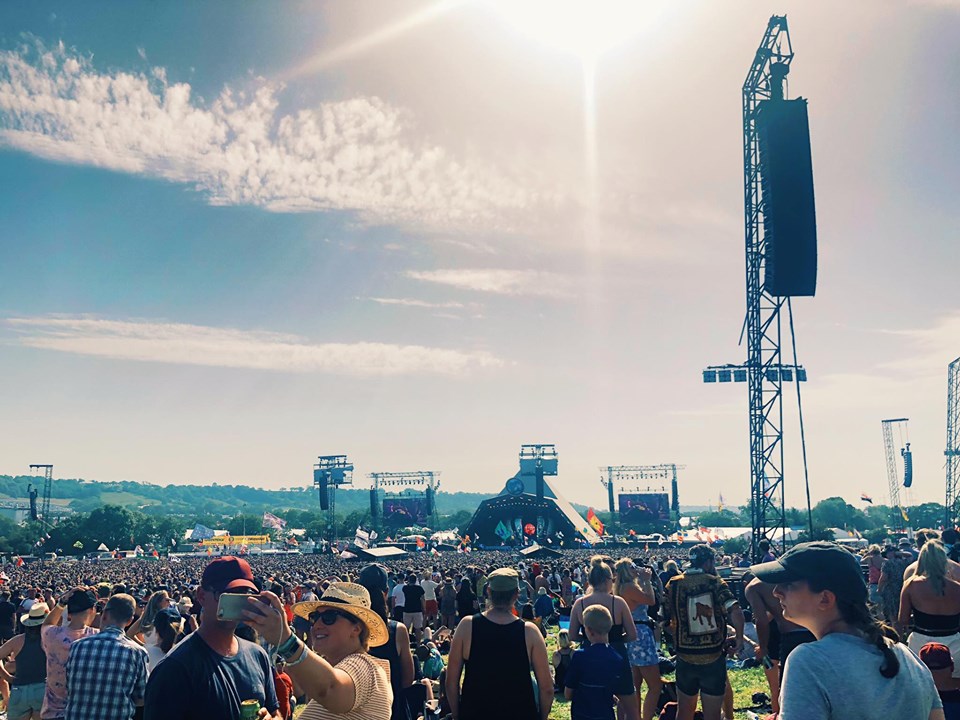 Sharing the stories behind her song-writing, she let the audience know that her first single, 2017’s Don’t Kill My Vibe, was written in difficult circumstances, and the fact that she could sing a song about respect at Glastonbury was something special. She then launched into a fierce rendition of the song, with a new-minted intensity, exhorting the audience with fierce gestures to clap along and showing a masterfully defiant side. There was a new-found swagger to her material as well; ‘Don’t stay if you don’t mean it, ‘Cos you f~cked me up again / Just walk away, and we’ll just leave it / ‘Cos I won’t give my heart in vain.’
Sharing the stories behind her song-writing, she let the audience know that her first single, 2017’s Don’t Kill My Vibe, was written in difficult circumstances, and the fact that she could sing a song about respect at Glastonbury was something special. She then launched into a fierce rendition of the song, with a new-minted intensity, exhorting the audience with fierce gestures to clap along and showing a masterfully defiant side. There was a new-found swagger to her material as well; ‘Don’t stay if you don’t mean it, ‘Cos you f~cked me up again / Just walk away, and we’ll just leave it / ‘Cos I won’t give my heart in vain.’
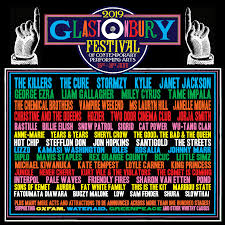
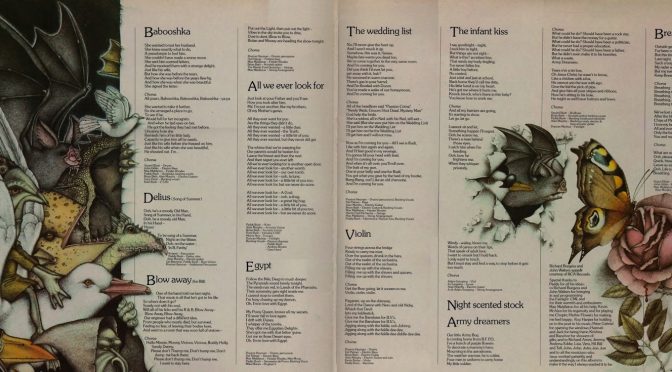
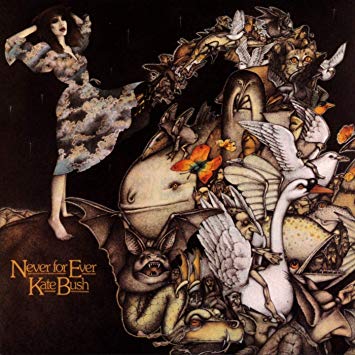 Bats, birds and butterflies adorned the inner covers, either hovering above them or seeming to burst through from the other side (I loved the implied three-dimensionality there), and there was now the chance (as always) of pressing your nose up against the lyrics to try and decipher their meaning. Was it THAT Delius about whom she was singing ?
Bats, birds and butterflies adorned the inner covers, either hovering above them or seeming to burst through from the other side (I loved the implied three-dimensionality there), and there was now the chance (as always) of pressing your nose up against the lyrics to try and decipher their meaning. Was it THAT Delius about whom she was singing ?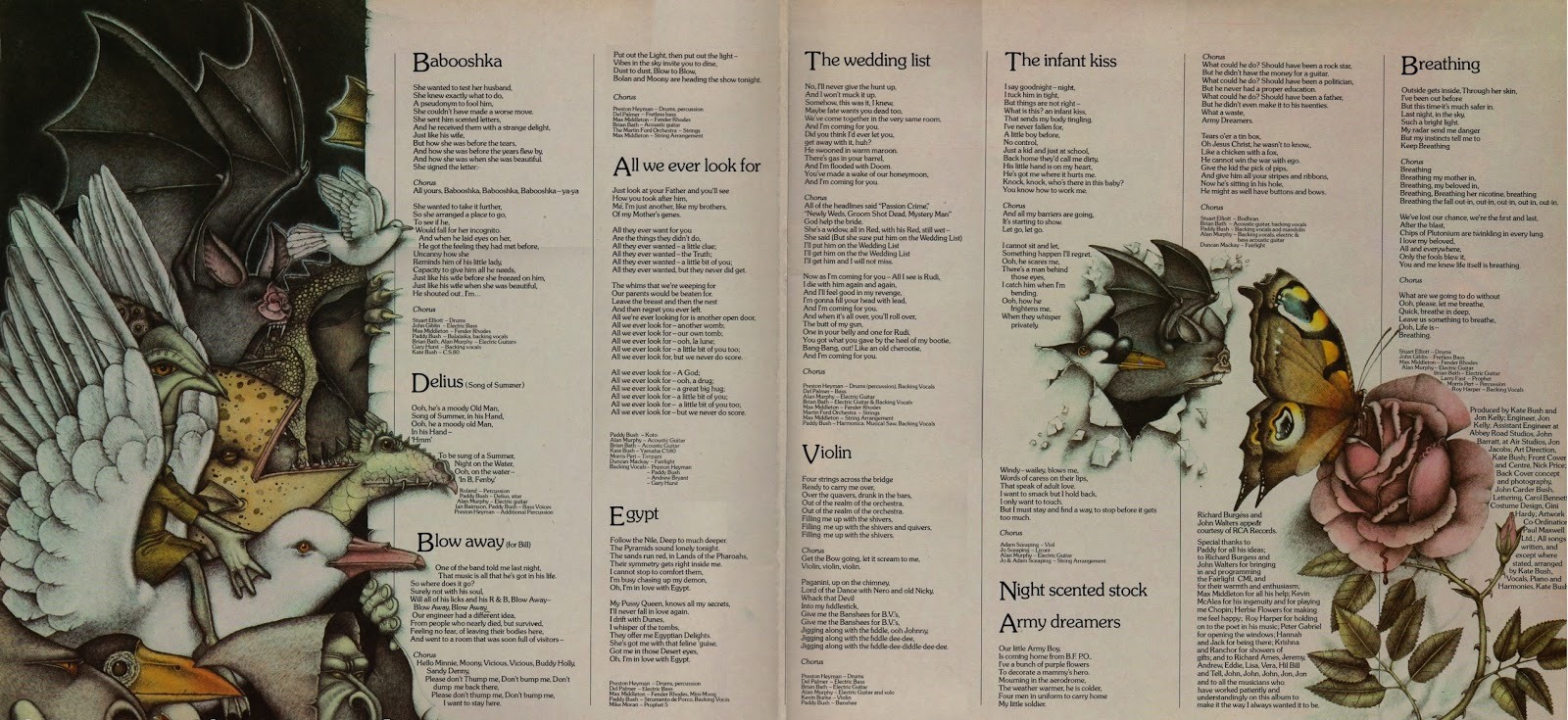
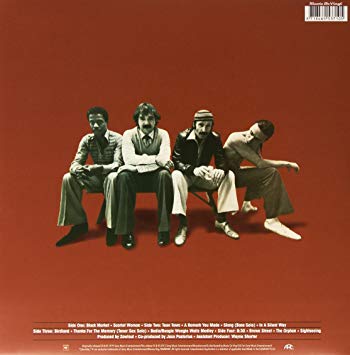
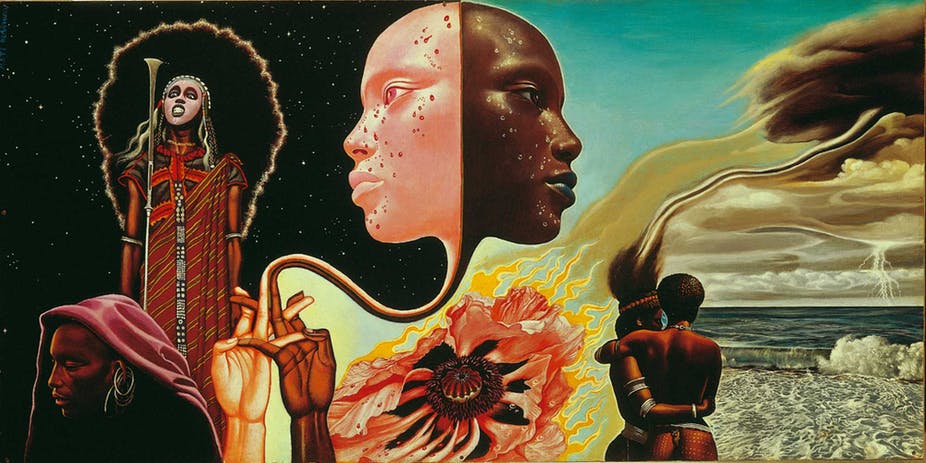
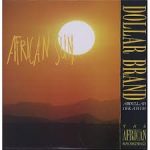 Contrastingly, there was African Sun by pianist Dollar Brand, that offered the opportunity to sink into the front cover’s warm, orange glow.
Contrastingly, there was African Sun by pianist Dollar Brand, that offered the opportunity to sink into the front cover’s warm, orange glow.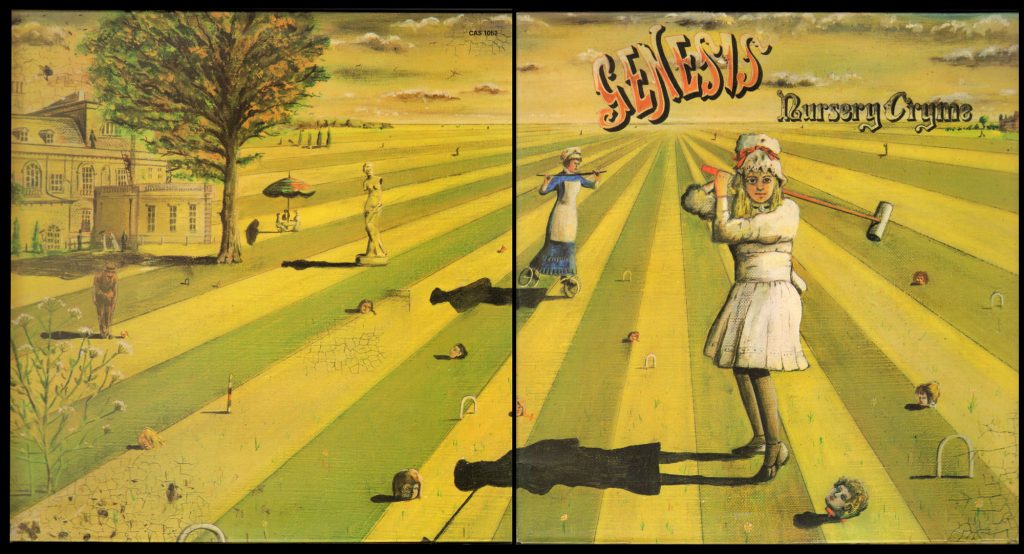
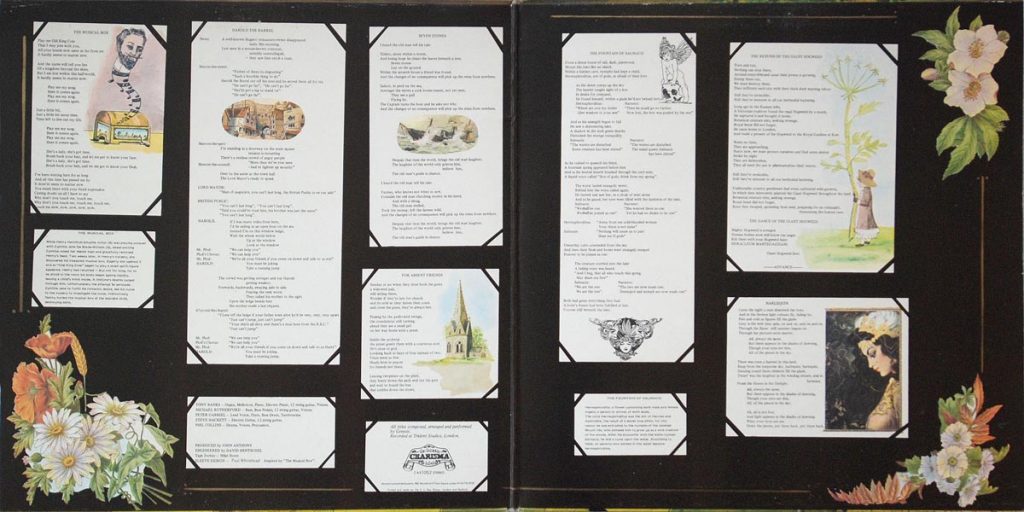 Or Foxtrot, Genesis’ next album release; you could follow the complicated narrative of ‘Supper’s Ready’ by perusing the lyrics, which unfolded against a (deliberately misleading) background of blue skies and fluffy clouds. And as prog-rock sank beneath the weight of its own over-inflated self-aggrandisement, heavy metal came in to occupy the void that it left behind.
Or Foxtrot, Genesis’ next album release; you could follow the complicated narrative of ‘Supper’s Ready’ by perusing the lyrics, which unfolded against a (deliberately misleading) background of blue skies and fluffy clouds. And as prog-rock sank beneath the weight of its own over-inflated self-aggrandisement, heavy metal came in to occupy the void that it left behind.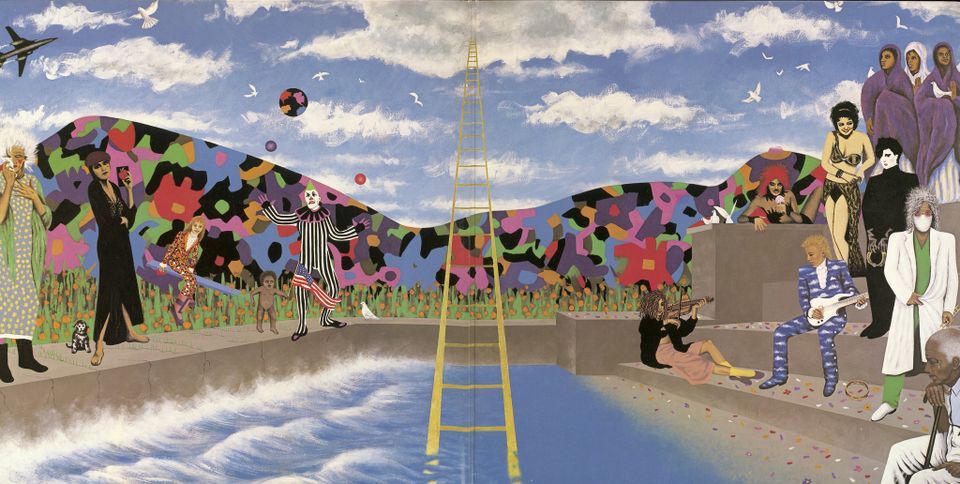
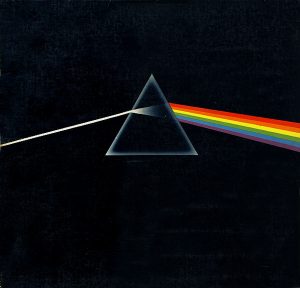 There’s a fascinating quote by (if memory serves) keyboardist Nick Mason (in Dark Side of the Moon: the making of a Pink Floyd Masterpiece by John Harris), who observes that the publicity opportunity afforded by the album’s presentation was missed; you could open the album out and have it leading across front and back covers in continuous fashion, an effect that he says would have looked spectacular in record shops, only no-one noticed the potential to display it so. (My copy is currently in the loft, and I only have the one so sadly can’t endeavour to create this phenomenon for myself to see the effect…)
There’s a fascinating quote by (if memory serves) keyboardist Nick Mason (in Dark Side of the Moon: the making of a Pink Floyd Masterpiece by John Harris), who observes that the publicity opportunity afforded by the album’s presentation was missed; you could open the album out and have it leading across front and back covers in continuous fashion, an effect that he says would have looked spectacular in record shops, only no-one noticed the potential to display it so. (My copy is currently in the loft, and I only have the one so sadly can’t endeavour to create this phenomenon for myself to see the effect…)
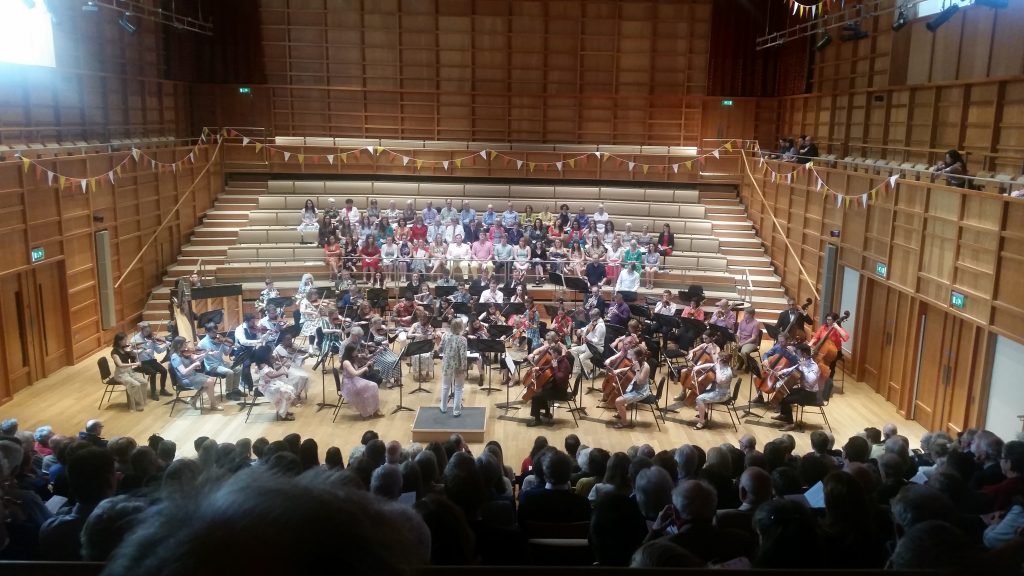

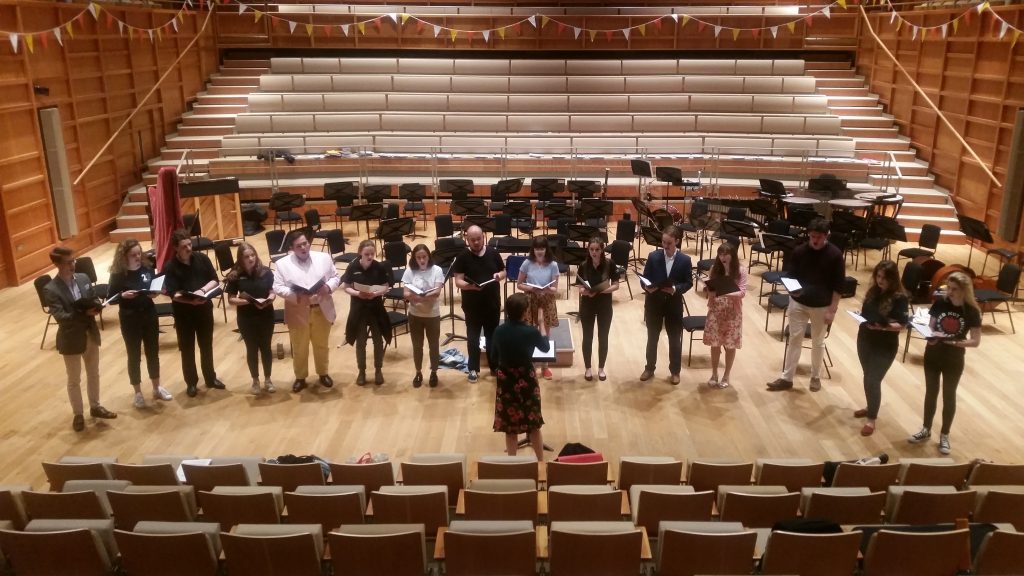
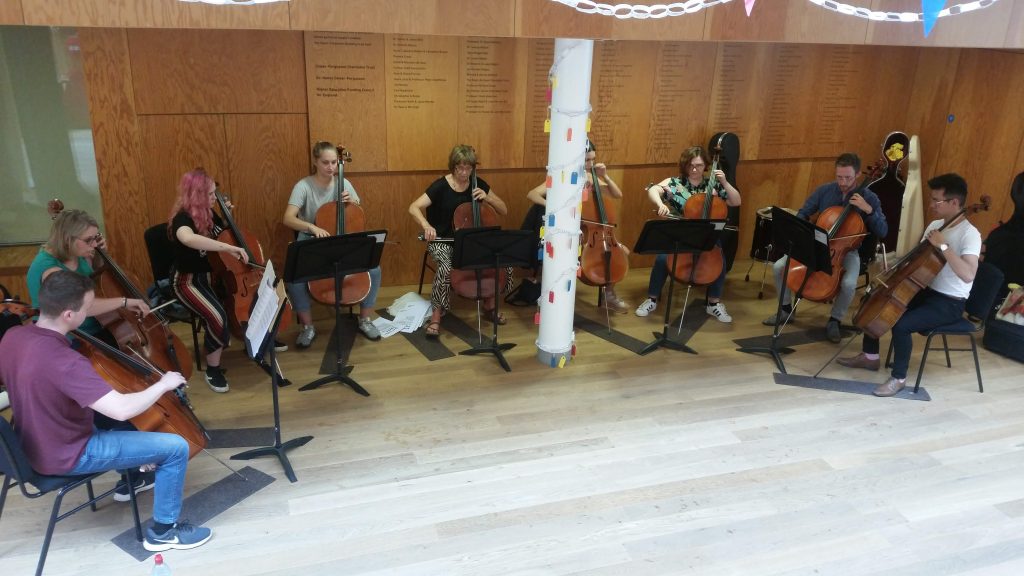
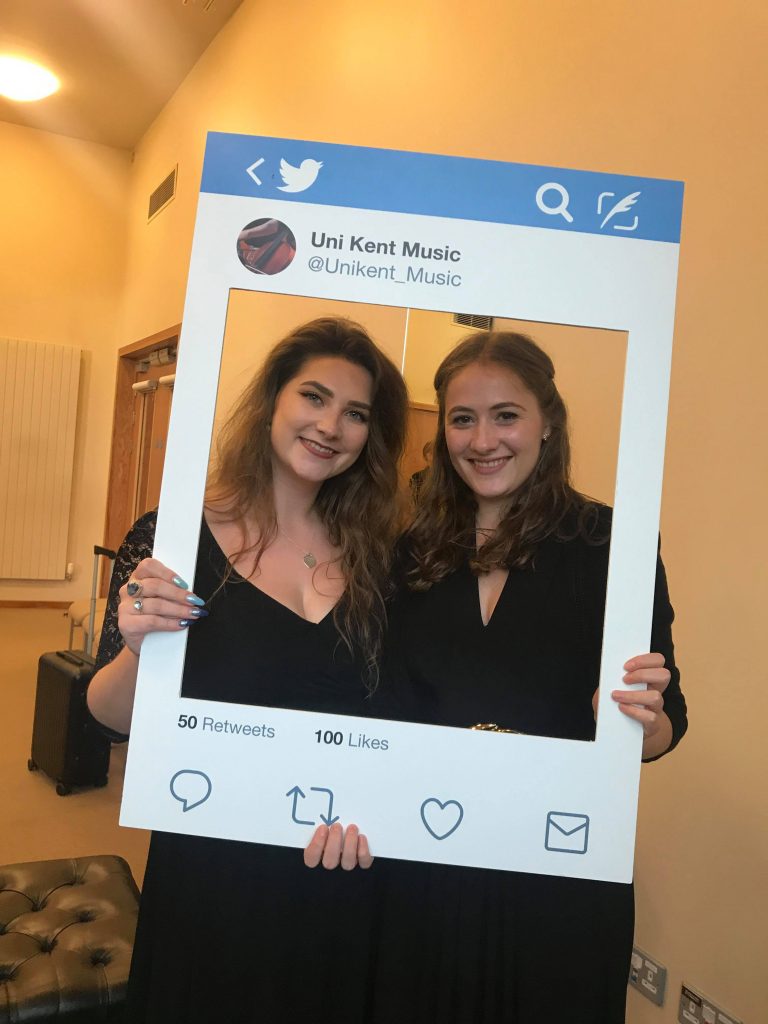


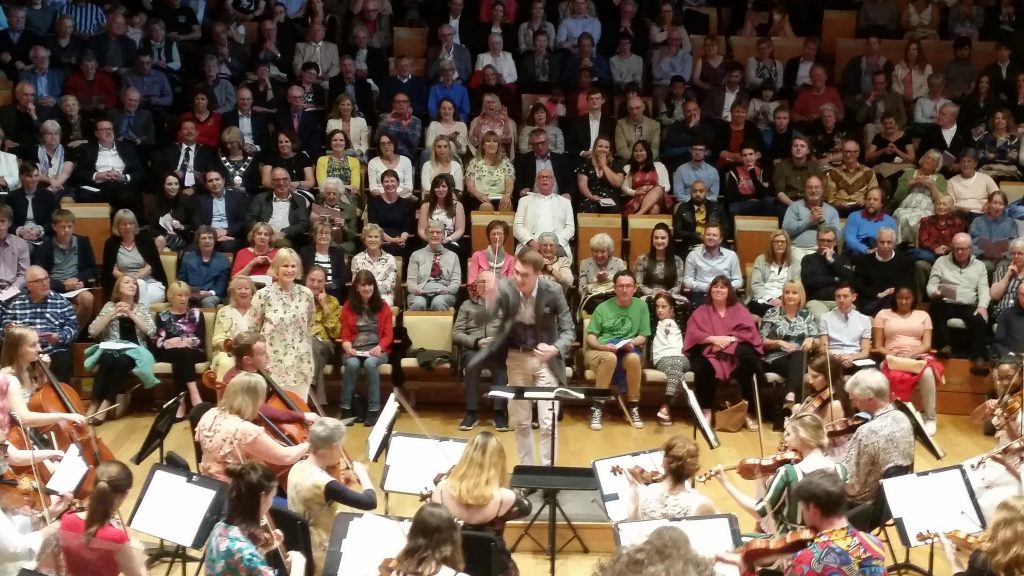

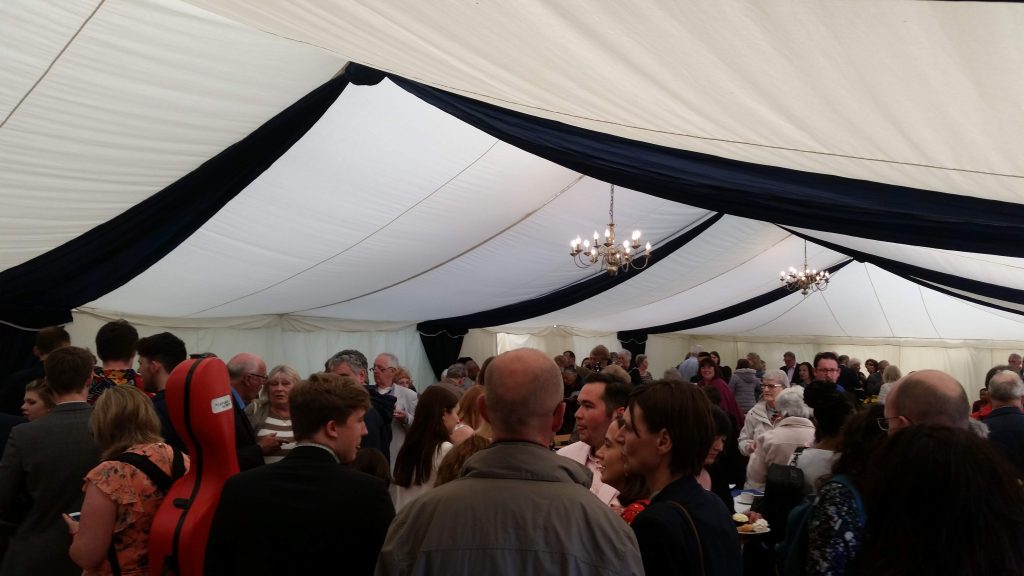 What becomes apparent at the end of the Gala concert is what a wonderful sense of community has been built up during the academic year by everyone involved in extra-curricular music-making at the University. It’s a real tribute to how committed everyone is, and how involved they have become, to see so many of those graduating so moved by the occasion of their final appearance; parents, friends and family all coming along to support throughout the series of events often remark on how much being a part of music at Kent has meant to the students involved throughout their time. There’s a lovely feeling of camaraderie throughout the entire week, as the various ensembles gather for a final musical hurrah before the academic year ends.
What becomes apparent at the end of the Gala concert is what a wonderful sense of community has been built up during the academic year by everyone involved in extra-curricular music-making at the University. It’s a real tribute to how committed everyone is, and how involved they have become, to see so many of those graduating so moved by the occasion of their final appearance; parents, friends and family all coming along to support throughout the series of events often remark on how much being a part of music at Kent has meant to the students involved throughout their time. There’s a lovely feeling of camaraderie throughout the entire week, as the various ensembles gather for a final musical hurrah before the academic year ends.
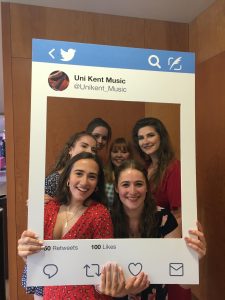
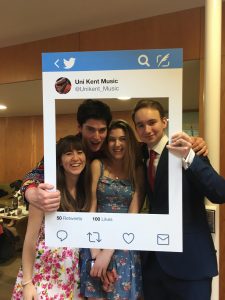

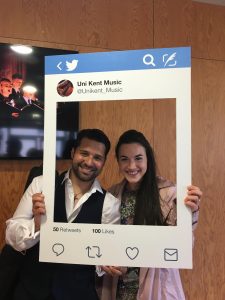
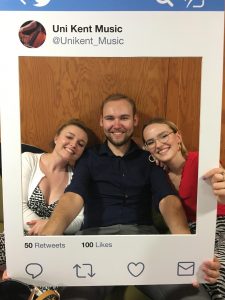
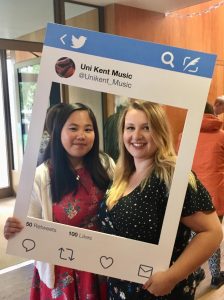



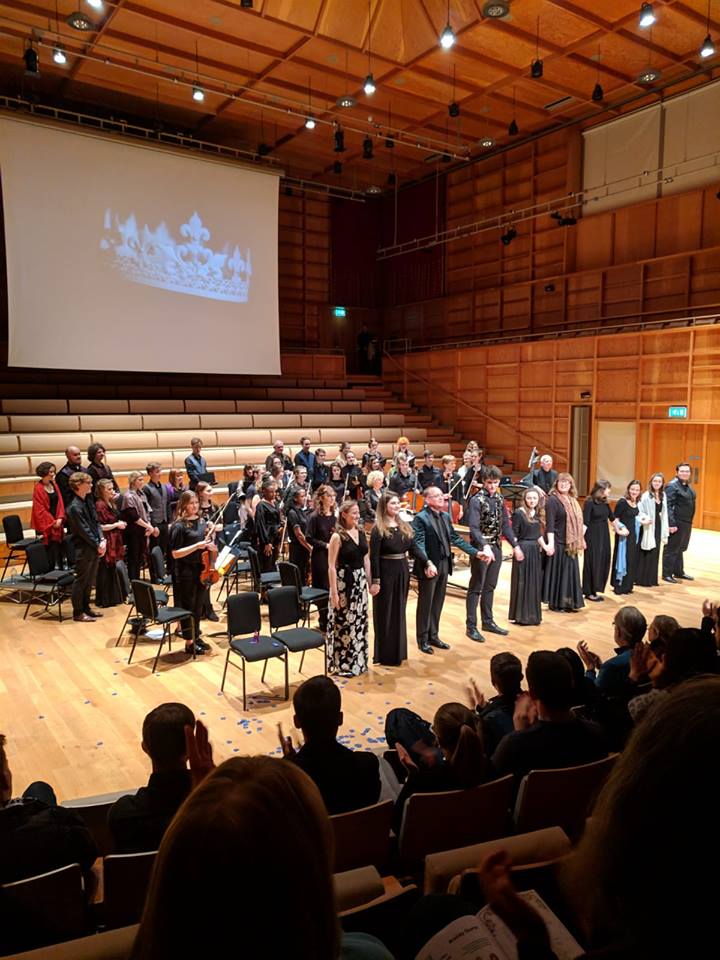
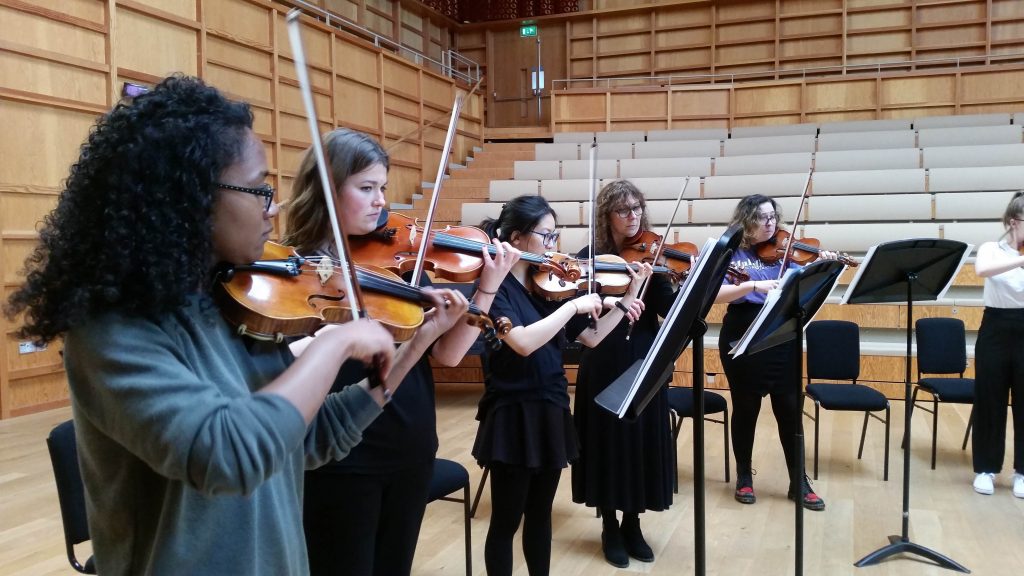
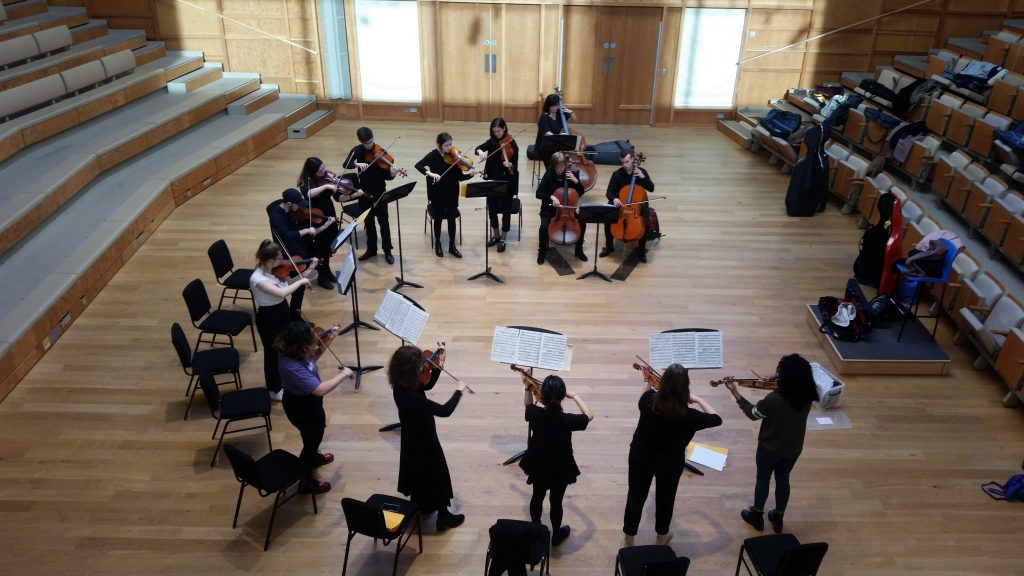
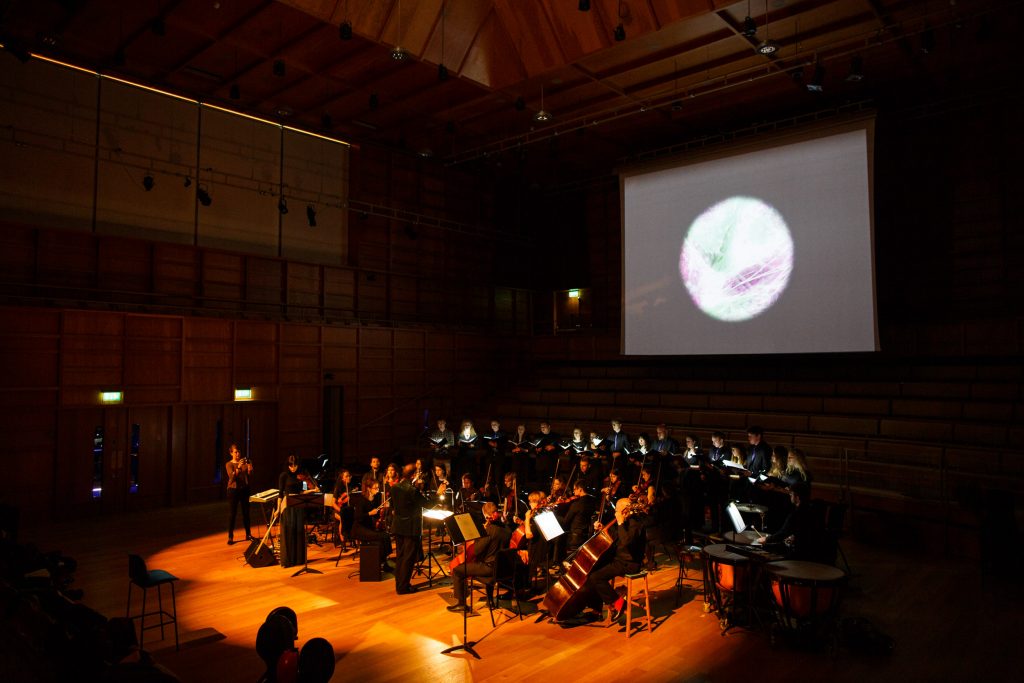
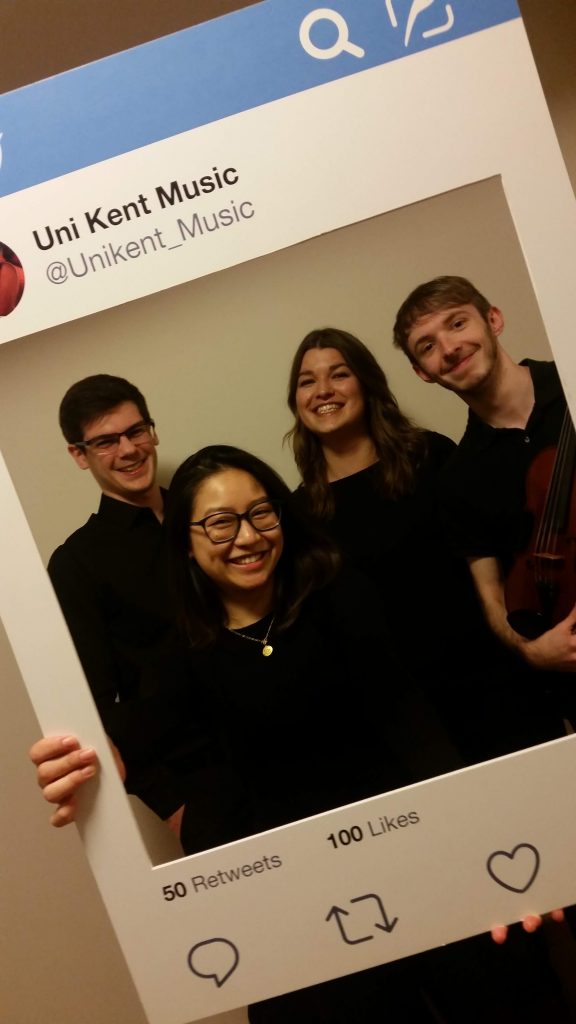
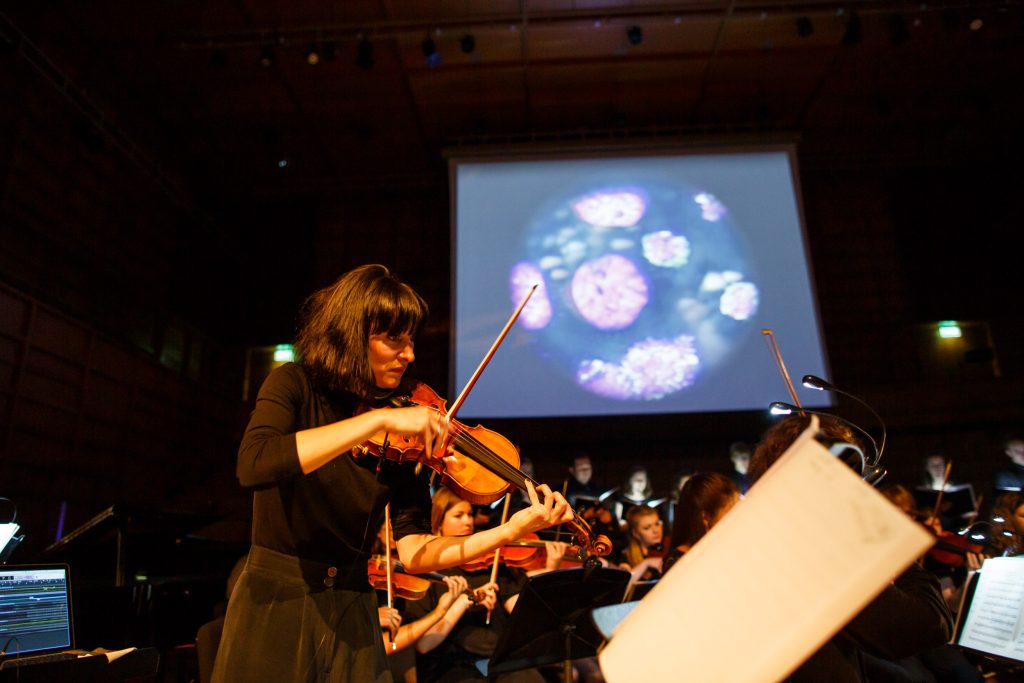
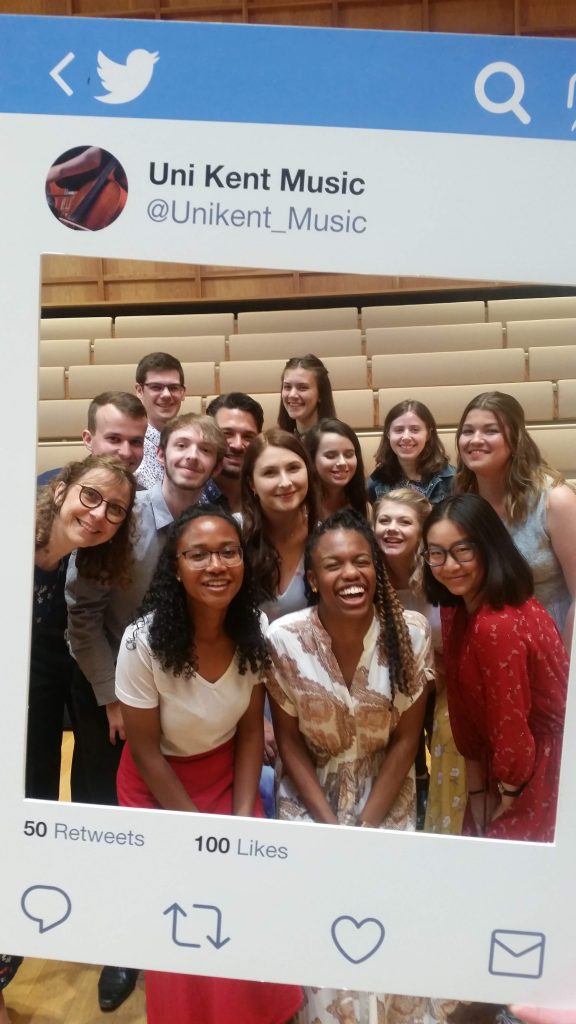
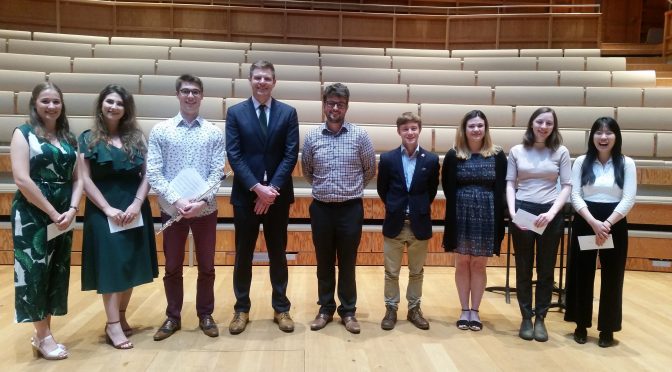


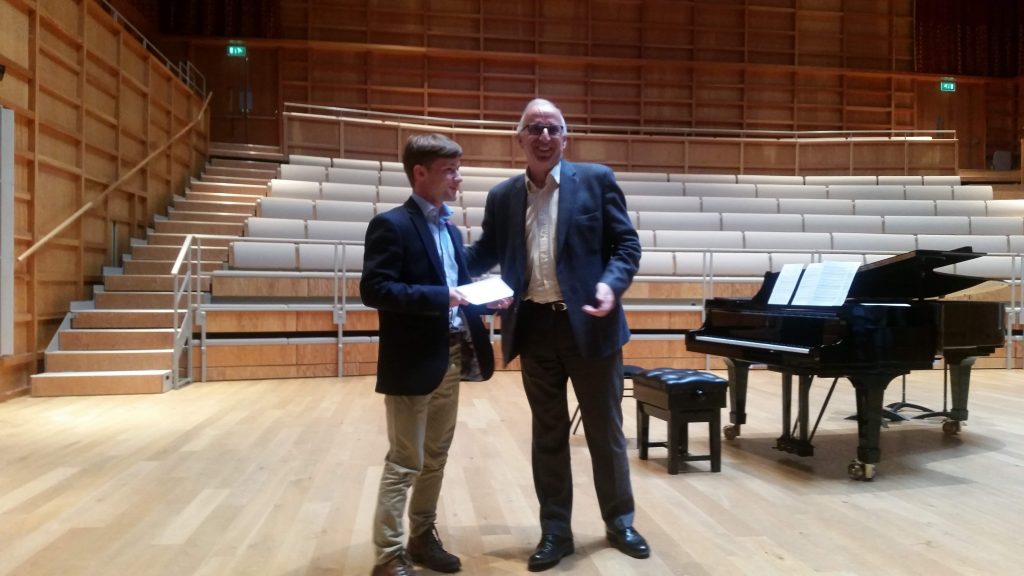



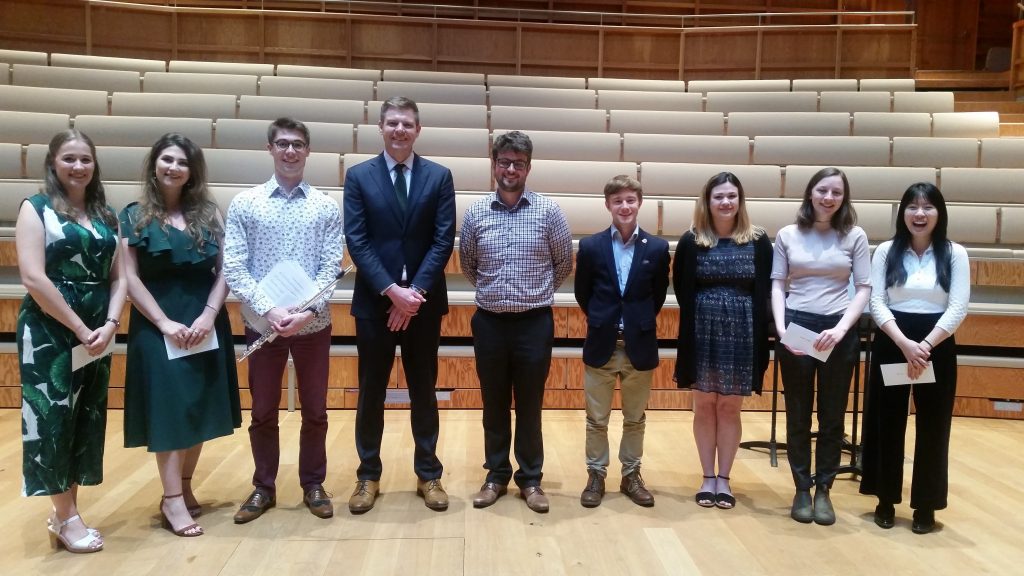
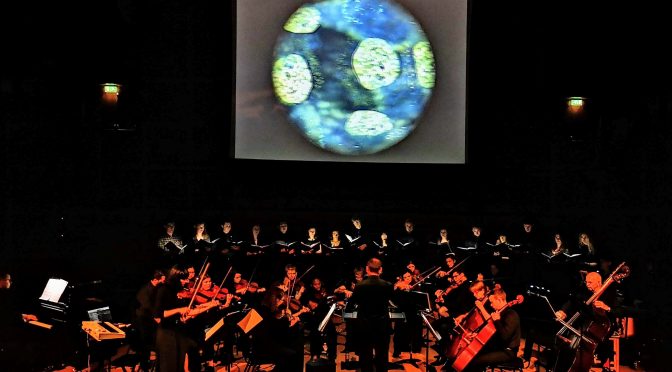

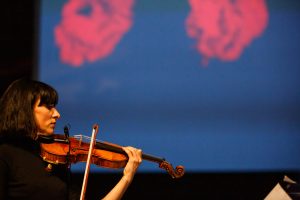 Drawing on research media from the School of Biosciences, Anna’s piece explores the intangible boundary between science and art in a collaborative piece for choir, strings, percussion, soloists and film-projections by artist Skyla Bridges. Conducted by Deputy Director of Music, Dan Harding, the University Chamber Choir and String Sinfonia, together with Anna herself on violin, pianist Jacob Downs, second-year postrgraduate Leon on percussion, and oboist Dan Lloyd (also Deputy Head of the School of Biosciences) unfurled Anna’s evocative piece against a tapestry of ambient electronic soundtracks and beneath Skyla Bridges’ wonderfully beautiful projections taken from research imagery by Dr Chris Toseland.
Drawing on research media from the School of Biosciences, Anna’s piece explores the intangible boundary between science and art in a collaborative piece for choir, strings, percussion, soloists and film-projections by artist Skyla Bridges. Conducted by Deputy Director of Music, Dan Harding, the University Chamber Choir and String Sinfonia, together with Anna herself on violin, pianist Jacob Downs, second-year postrgraduate Leon on percussion, and oboist Dan Lloyd (also Deputy Head of the School of Biosciences) unfurled Anna’s evocative piece against a tapestry of ambient electronic soundtracks and beneath Skyla Bridges’ wonderfully beautiful projections taken from research imagery by Dr Chris Toseland.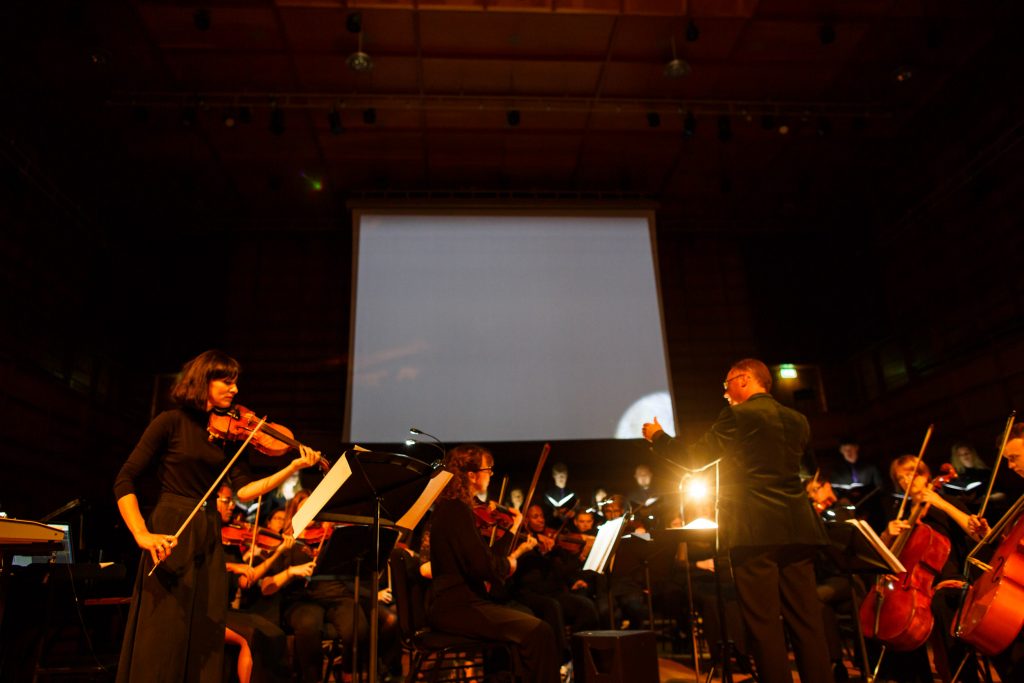
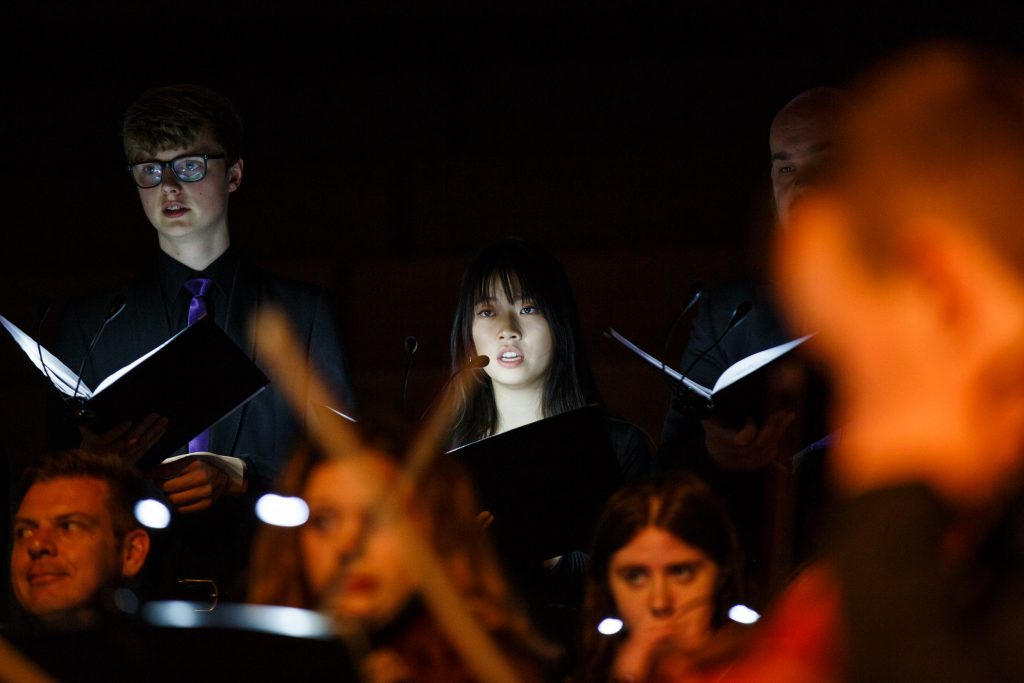
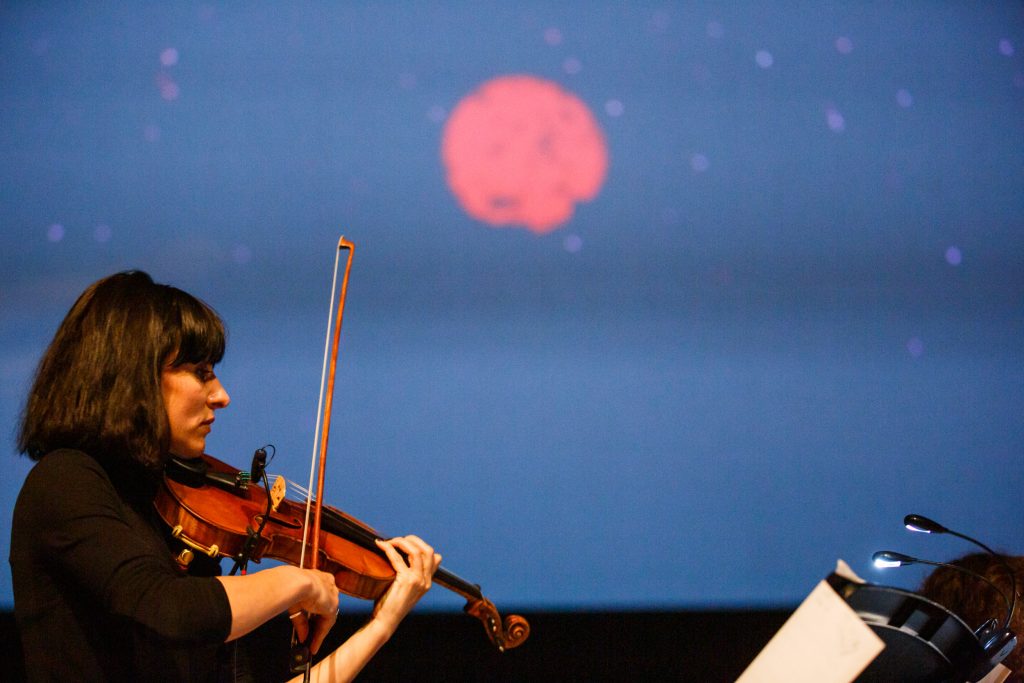

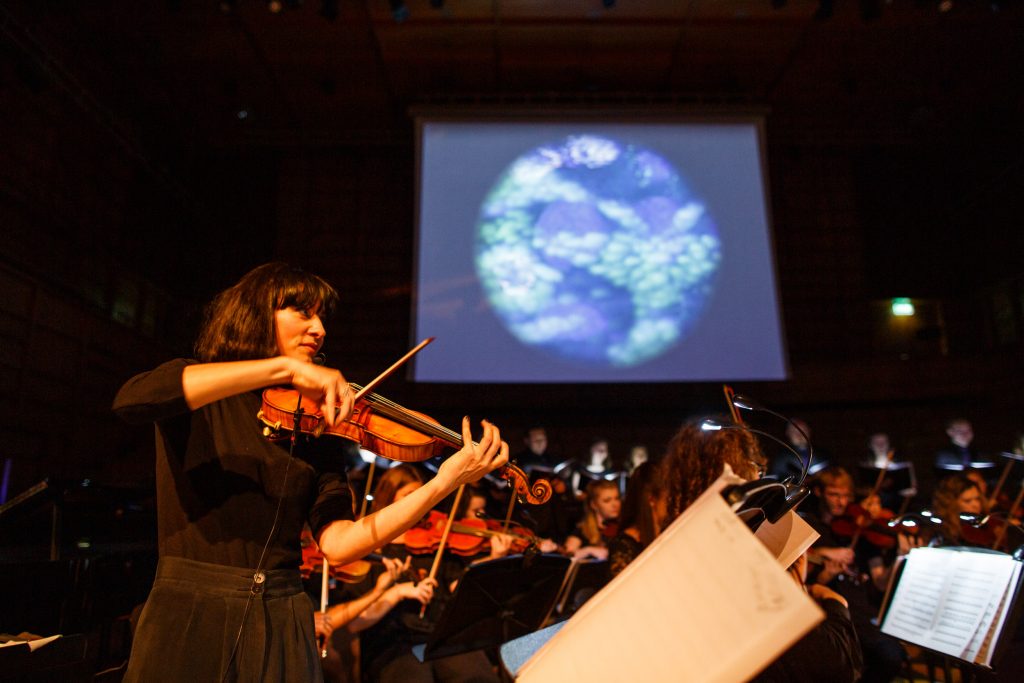
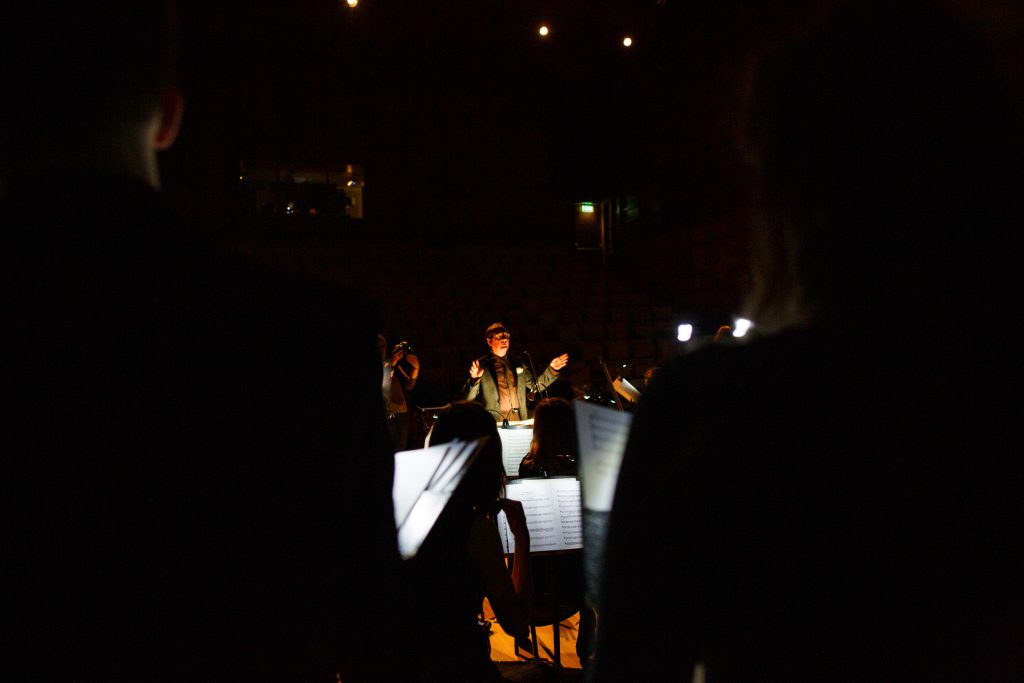
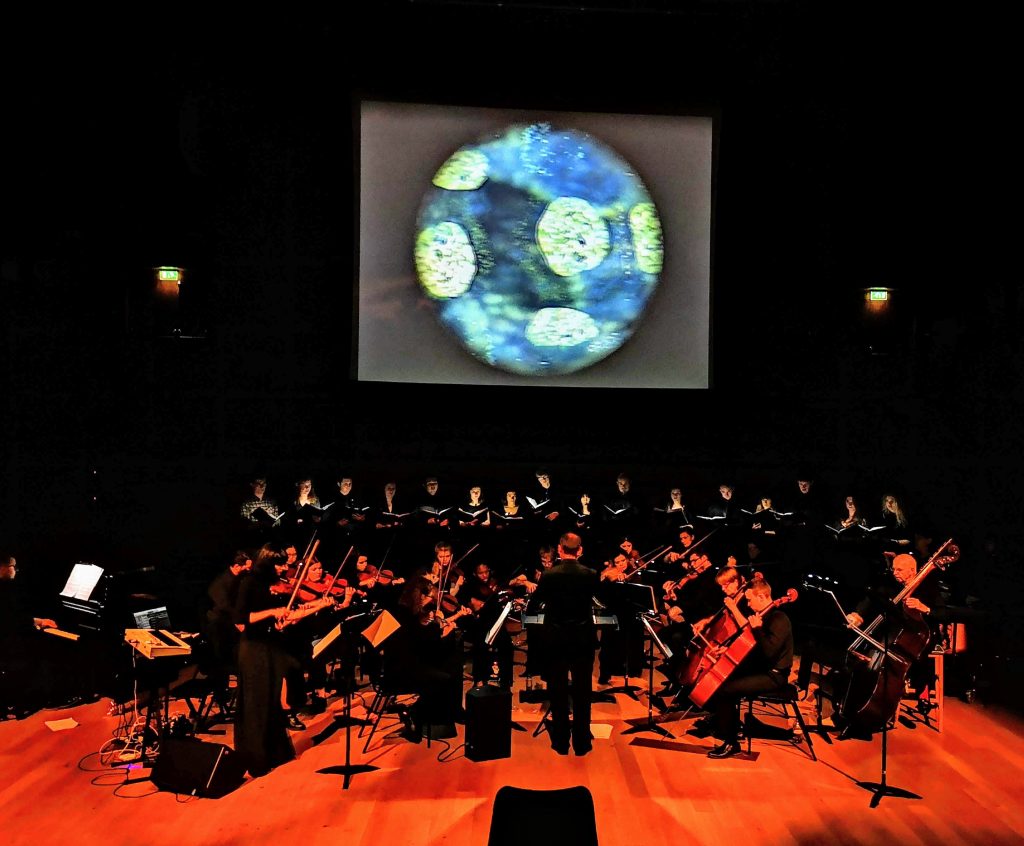
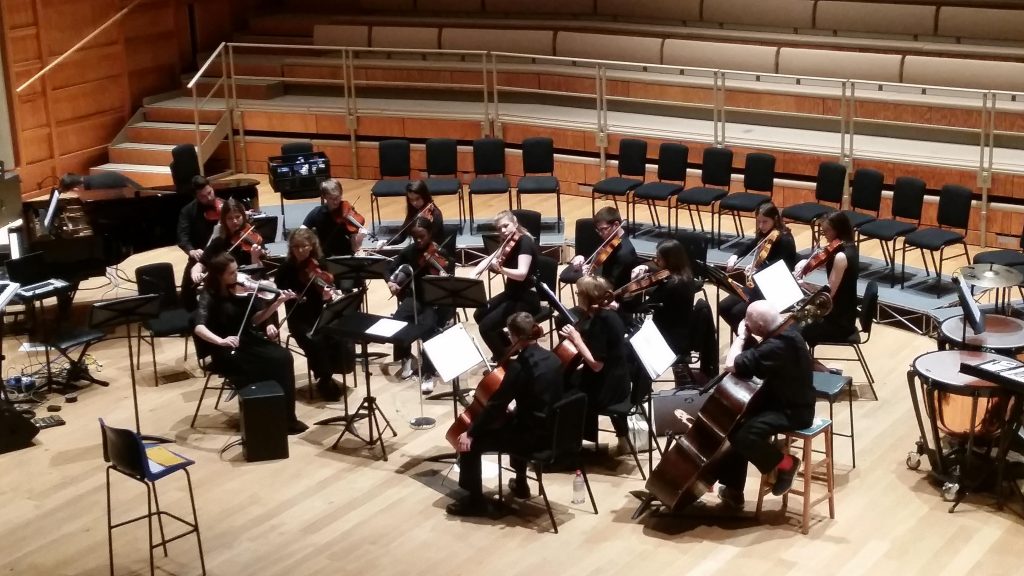 Afterwards, performers, audience and guests mingled for a post-concert reception to celebrate the fruition of a project that has been in rehearsal since January. Read the programme from the event yourself
Afterwards, performers, audience and guests mingled for a post-concert reception to celebrate the fruition of a project that has been in rehearsal since January. Read the programme from the event yourself 